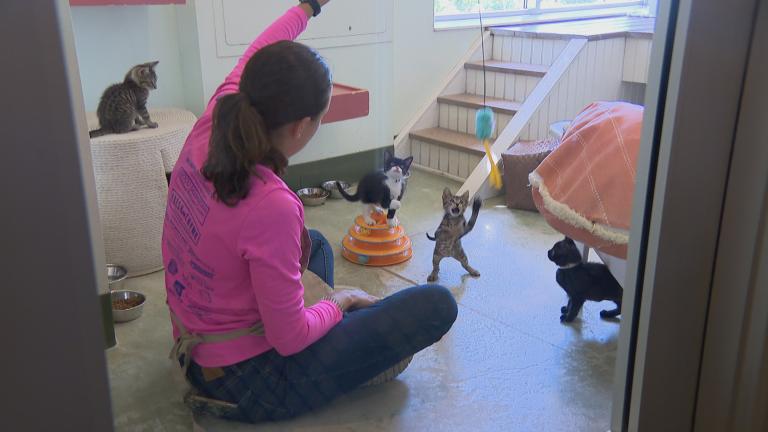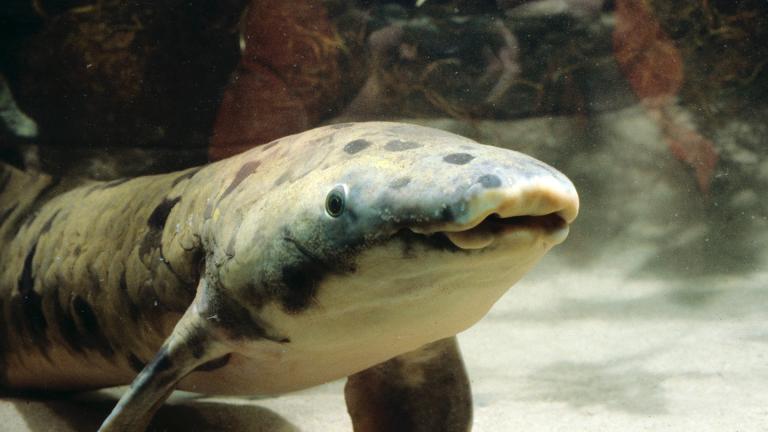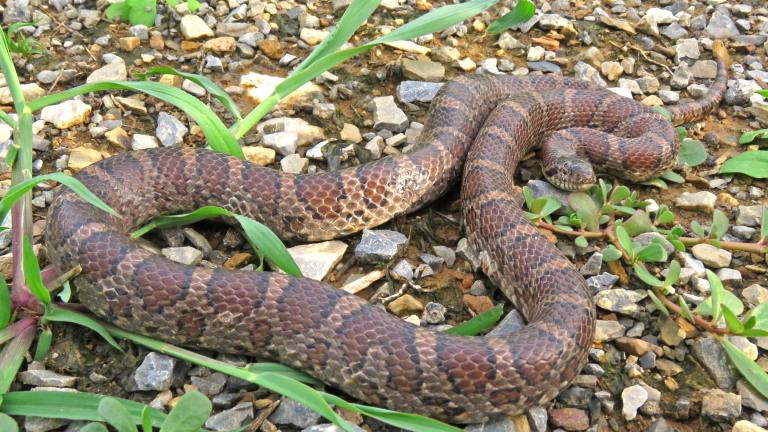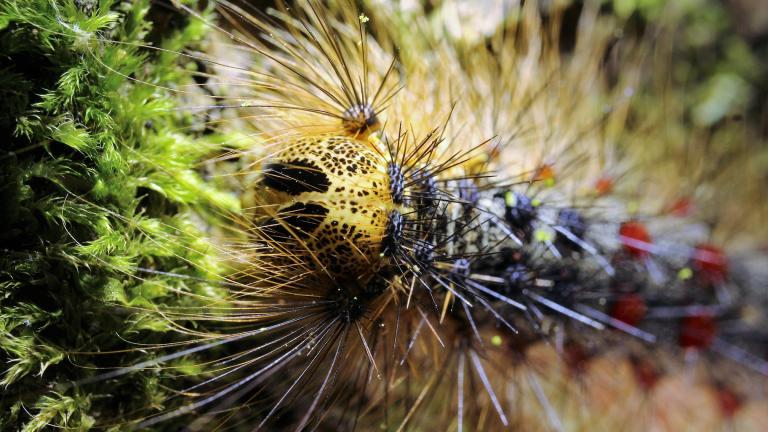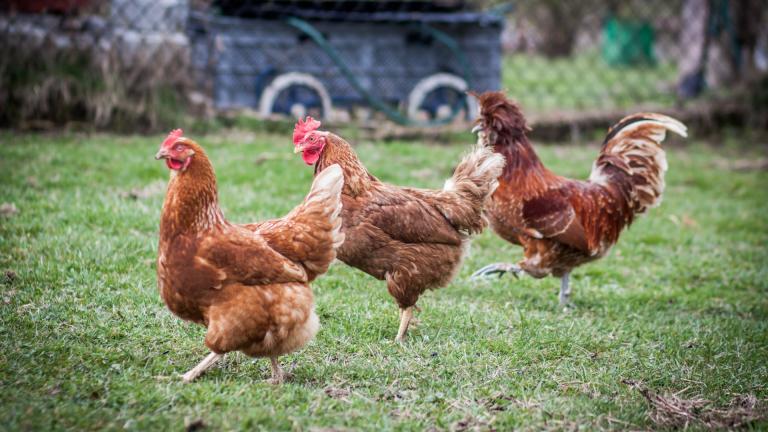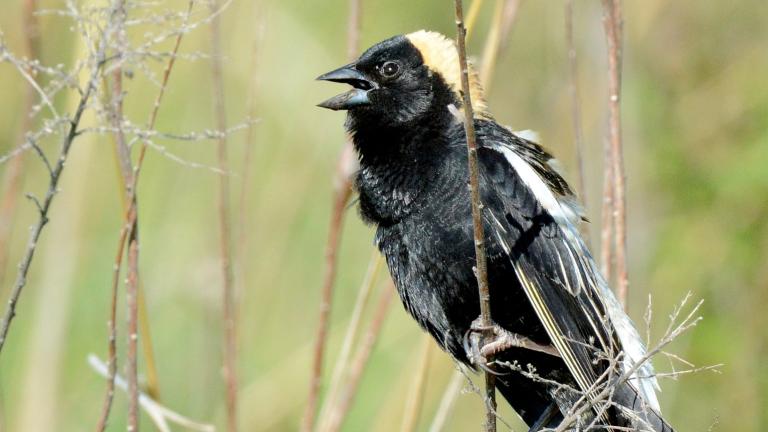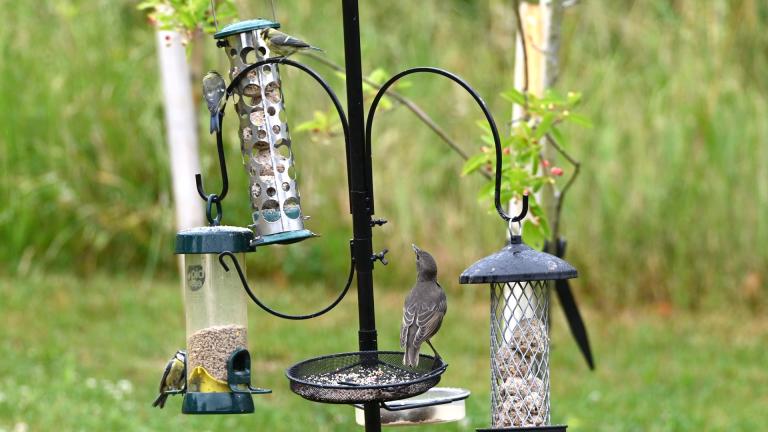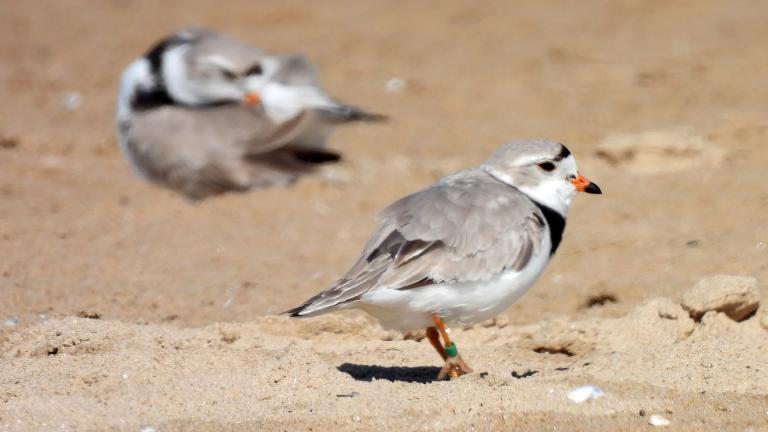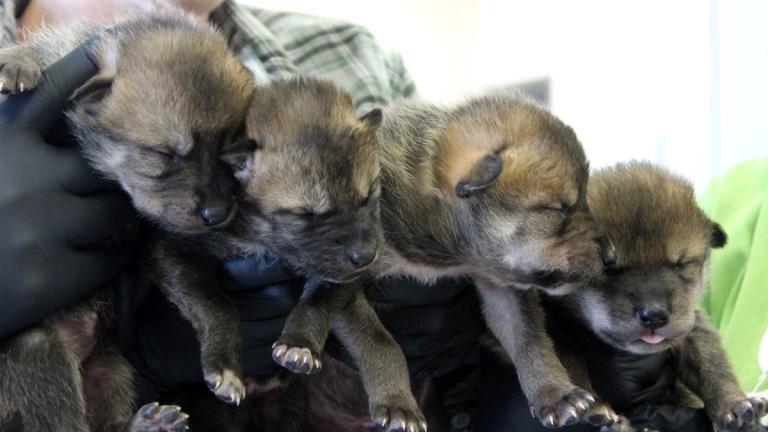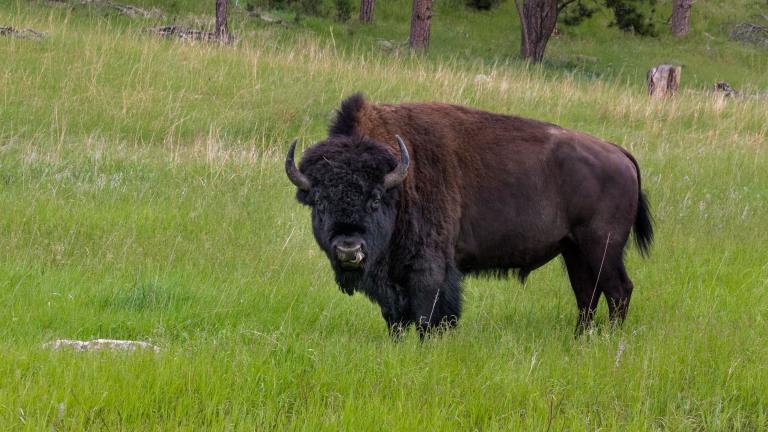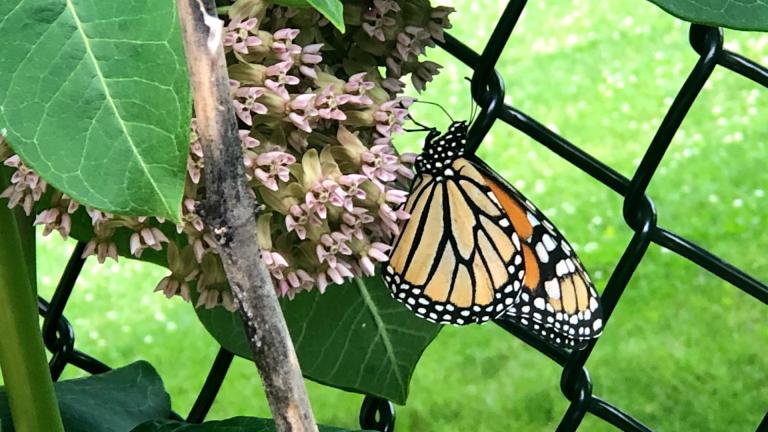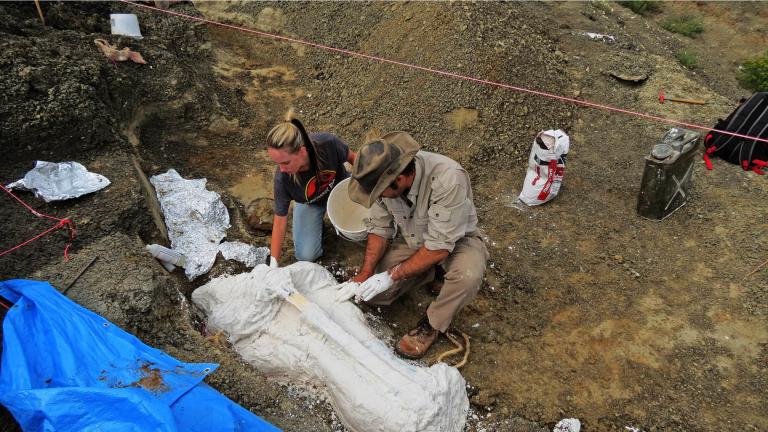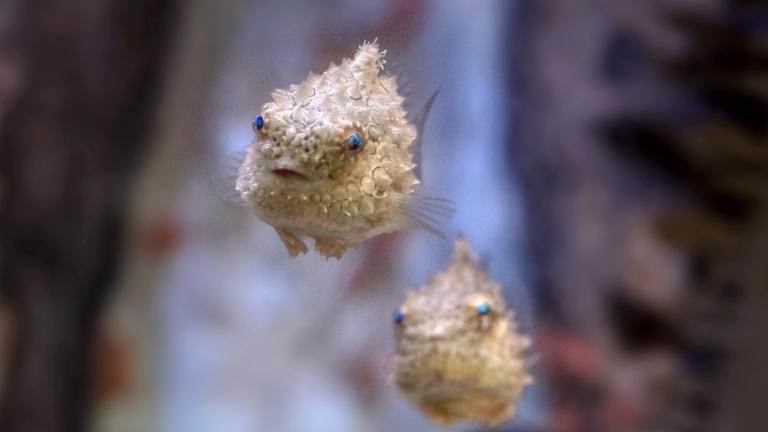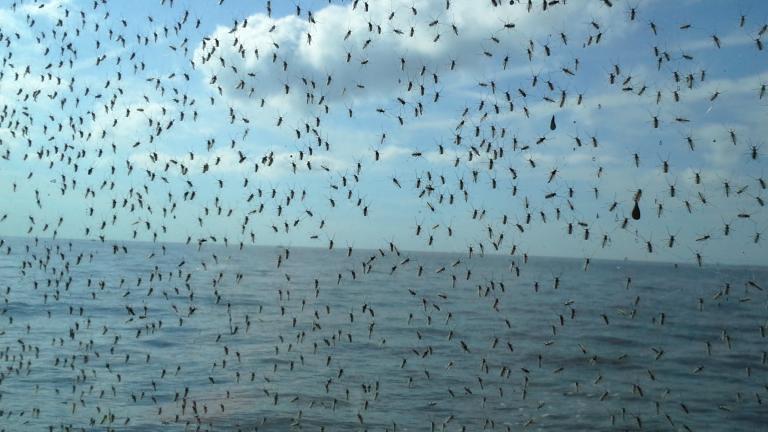Paula Fasseas, founder and executive chairman of PAWS Chicago, said she started the shelter as a grassroots organization in 1997 after learning that every year more than 42,000 homeless animals were being euthanized in Chicago.
Animals & Nature
We all knew that Granddad, the Shedd Aquarium’s long-lived Australian lungfish, was an old-timer. Now, five years after he shuffled off to the big fish tank in the sky, Granddad’s true age has been revealed.
Gov. J.B. Pritzker officially added the eastern milksnake to the list of state symbols Thursday.
Several sites in northeastern Illinois — including Waterfall Glen, Des Plaines Riverway, Hidden Lake and Wood Ridge forest preserves — will be sprayed with fake pheromones to confuse spongy moth males and disrupt mating.
More than 200 people across the country, including 11 in Illinois, have become ill after coming in contact with poultry in backyard flocks, according to the Centers for Disease Control and Prevention.
“Birdsongs: Sounds of the Mississippi Flyway” is a newly released compilation of original instrumental songs inspired by, as the title suggests, the sounds of birds commonly found in northern Illinois.
The greatest risk of bird flu outbreaks has passed, wildlife officials said. Poultry owners need to remain vigilant, though, and feeding ducks and geese should be avoided.
The beloved piping plover, dubbed the king of Montrose Beach, died May 13. Monty first captured Chicagoans’ hearts in 2019 when he and his mate, Rose, became the first pair of endangered Great Lakes piping plovers to nest in the city since the 1950s
Once considered extinct in the wild, the Mexican wolf is making a comeback thanks to a recovery plan involving breeding and fostering programs at places like Brookfield Zoo.
The bison, known as “Tyson” or “Billy,” has been on the loose since fall 2021 after escaping from a Wauconda farm.
Mexico’s highly anticipated annual count of over-wintering monarchs was released Tuesday and showed a slight increase from the prior year, but there’s still a long way to go to ensure the butterfly’s survival, conservationists said.
In a brief announcement on social media, news was shared Friday evening by monitors that Monty the piping plover has died.
An international team of researchers say they have found fossilized remains of fish and a dinosaur in North Dakota at a site that they believed died on the very day of an asteroid impact. That story is told in a new documentary called “Dinosaur Apocalypse” airing on WTTW.
The Shedd Aquarium recently welcomed a group of lumpsuckers, a fish that’s weird in so many ways, it’s hard to know where to start.
Swarms of gnat-sized midges, which look like mini-mosquitoes, minus the bite, have been reported along the Chicago lakefront. But in this case, “swarm” is relative.
It’s been a long slide for greyhound racing, which reached its peak in the 1980s when there were more than 50 tracks across 19 states. Since then, increased concerns about how the dogs are treated along with an explosion of gambling options have nearly killed a sport that gained widespread appeal about a century ago.

